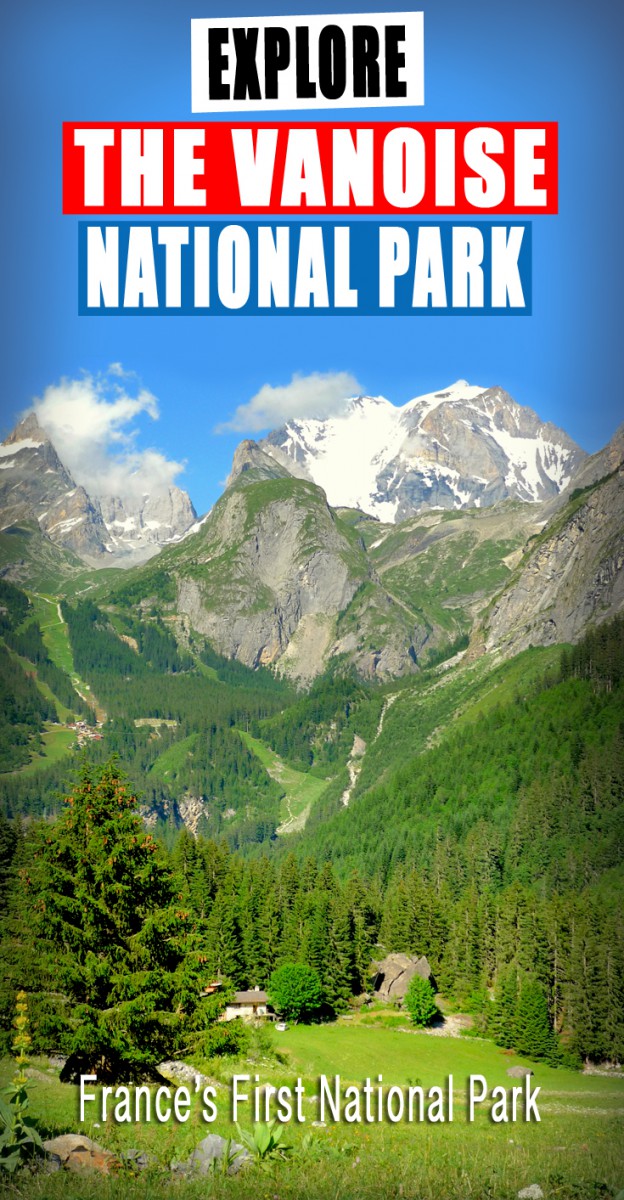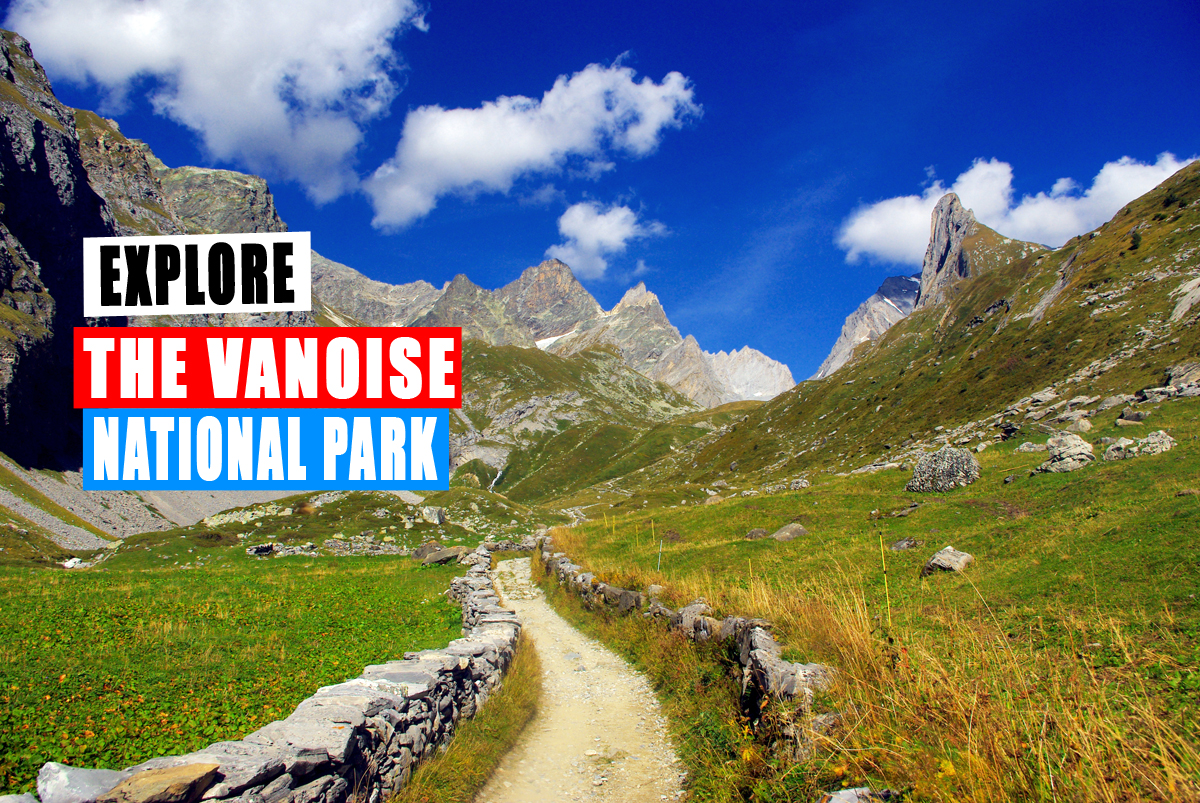The Vanoise National Park in Savoie was the first to be created in France in 1963. It boasts exceptional fauna and flora (more than 1,000 different species are referenced). The protected area includes 28 villages, some of them very picturesque: Bonneval-sur-Arc, Aussois, Champagny-en-Vanoise and Pralognan-la-Vanoise.
Where is the Vanoise National Park?
The Vanoise National Park is situated in the Savoie département, part of the Auvergne-Rhône-Alpes region.
It is surrounded by two valleys: the Tarentaise to the North and the Maurienne to the South.
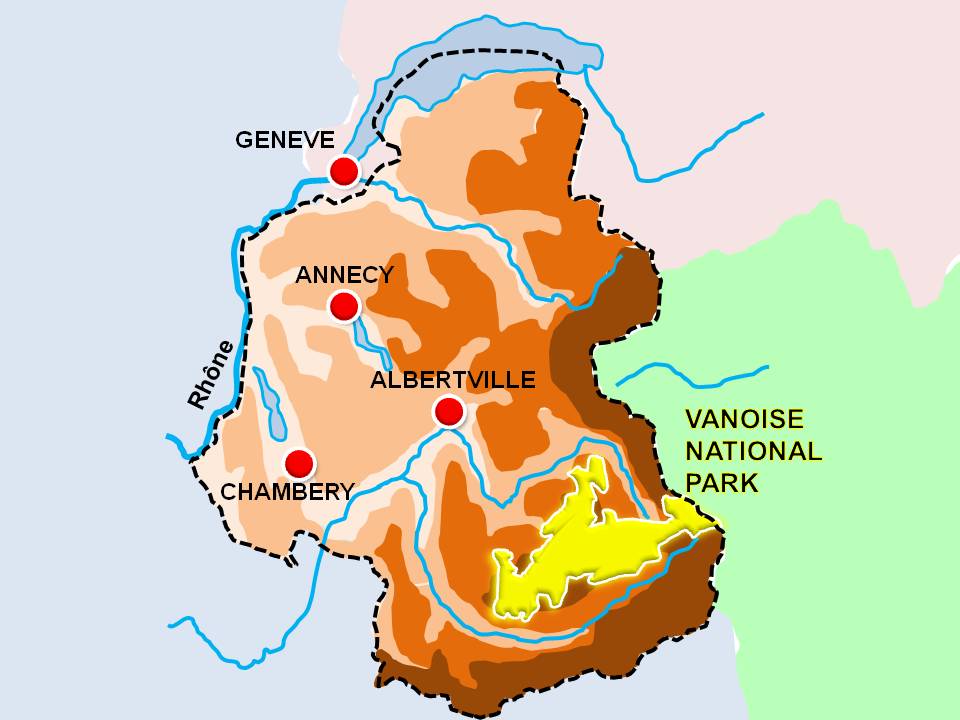
Facts and Figures
- Creation Date: 6 July 1963
- Highest altitude: 3,855 m (Grande Casse)
- Lowest altitude: 1,280 m
- Number of summits above 3,000 m: 107
- Total area of the central zone: 528,39 km2
- Total of communes: 28
- Border length with the Gran Paradiso National Park: 14 km
- Total area with the twinned Italian park: 1,250 km2 (Western Europe’s largest protected area)
- Total length of walking tracks: 400 km
History of the Vanoise National Park
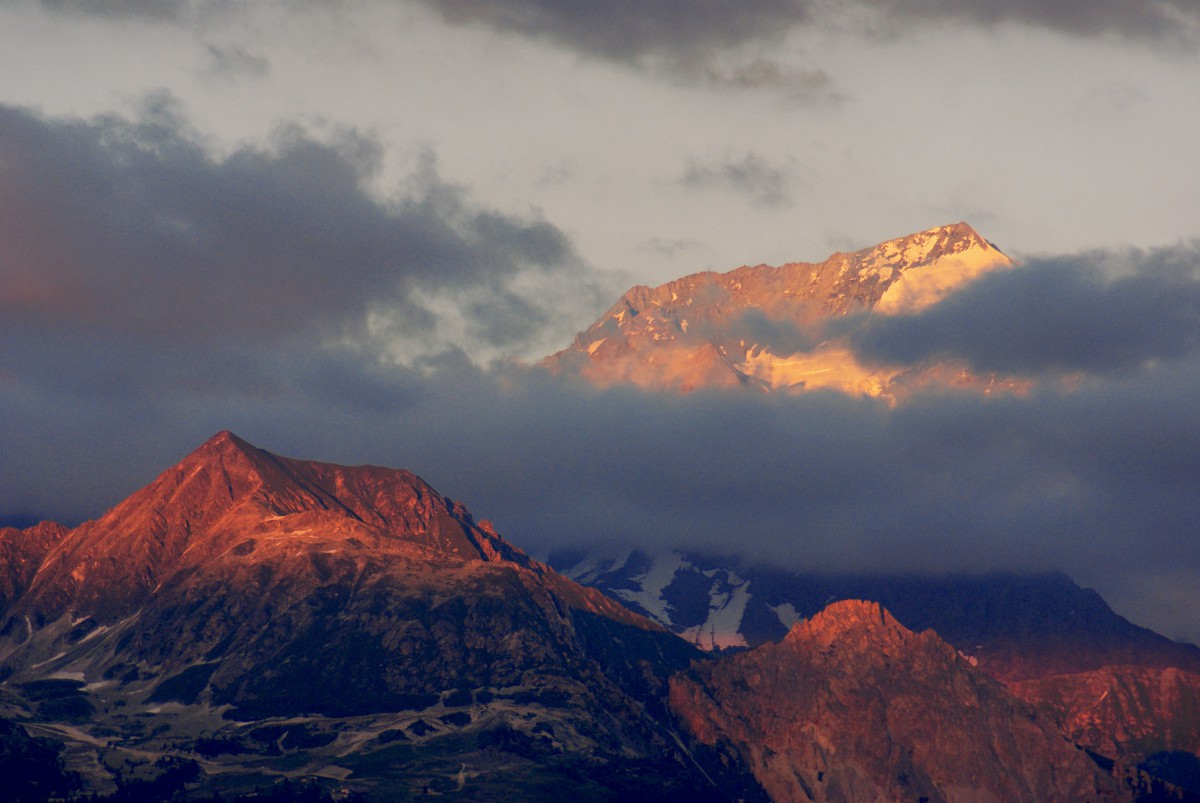
The idea of creating a National Park in Vanoise dates back to 1943 under the impulsion of the Club Alpin Français, the Touring Club de France and hunters.
These groups expressed their concern about the progressive disappearance of the ibex. Many hesitated about the creation of such a protected area. There were various reasons for this, political as well as economic.
Others, though in favour, were reluctant to have parts of their territories included in the Park.
This led to the establishment of two distinctive zones:
- a central zone (with maximum protection) and
- a peripheral zone whose purpose was to nurture the region’s natural, cultural and economic richness.

The Vanoise National Park was officially created in 1963. It then became the first National Park of France.
Its eastern parts border the Italian National Park of the Gran Paradiso. The two Parks have been twinned since 1972. Altogether cover an area of 1,250 km2, representing Western Europe’s largest protected area.
Natural environment and climate in the Vanoise National Park
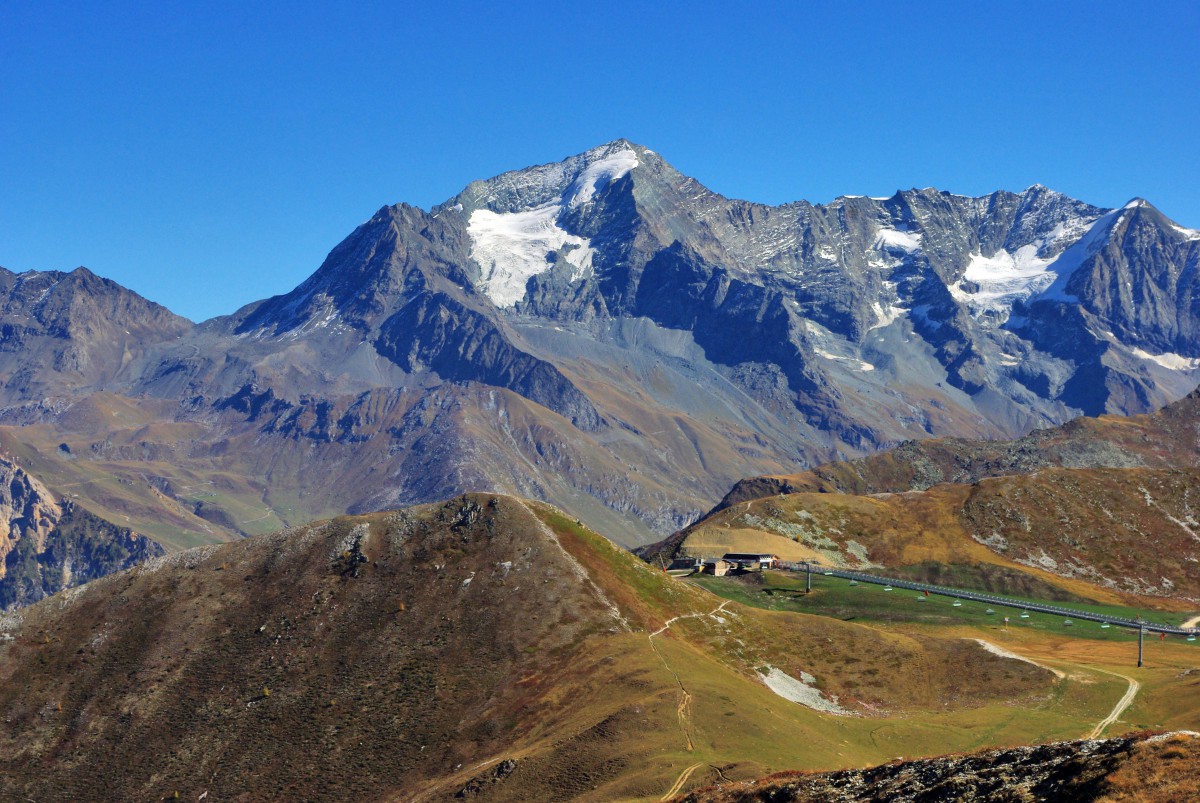
Ideally located in the heart of the French Alps, between the valleys of the Maurienne and the Tarentaise, the Vanoise massif includes:
- 107 summits over 3,000 metres high, and
- approximately twenty glaciers that feed many strong streams.
The most famous summits are:
- the Grande Casse (3,855m) at the centre of the Park,
- the Mont Pourri (3,779m) near Bourg Saint-Maurice,
- the Grande Motte (3,656m) near Tignes,
- the Sommet de Bellecôte (3,416m), and
- the Dent Parrachée (3,684) above Modane in the Maurienne.
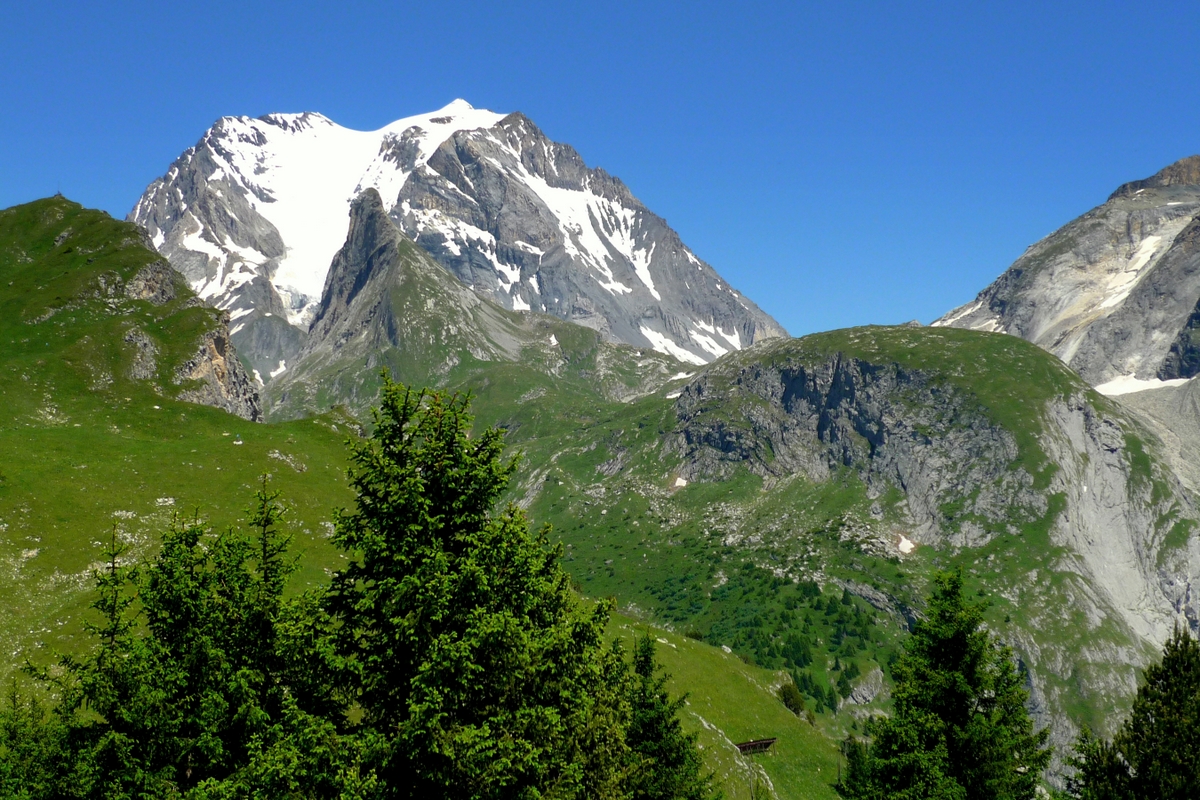

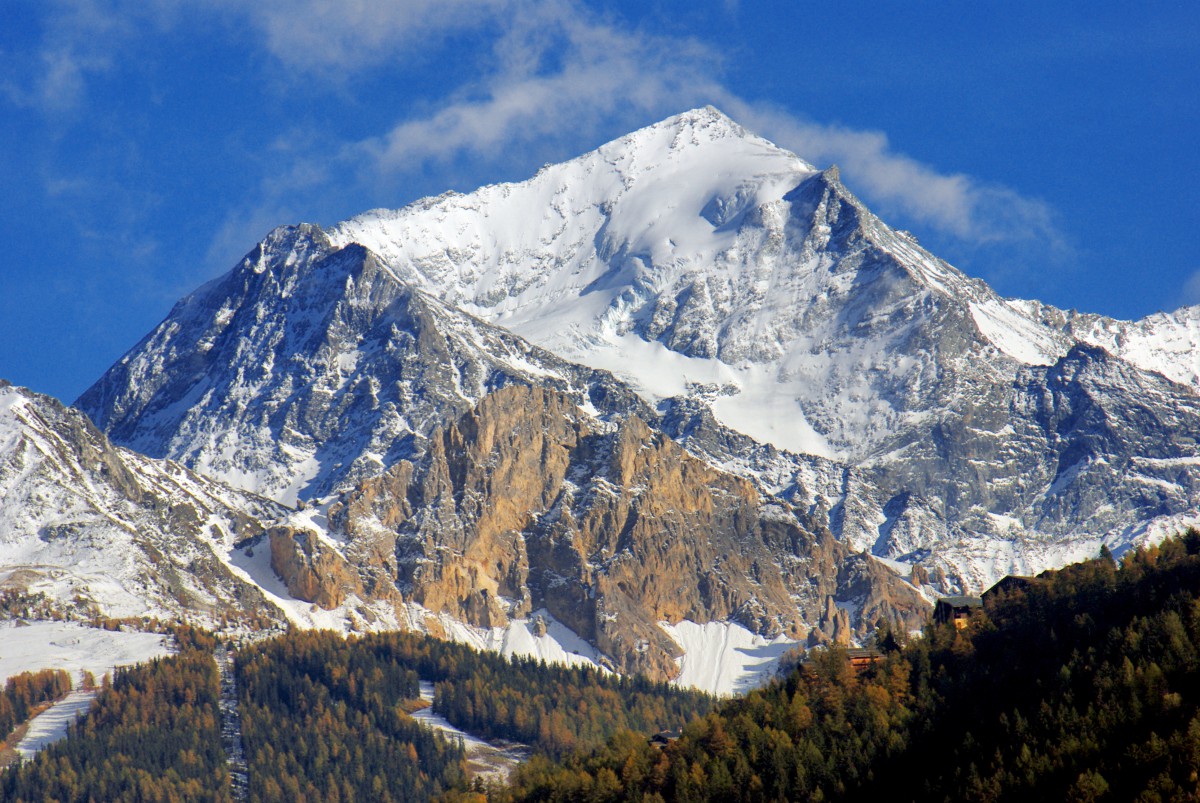
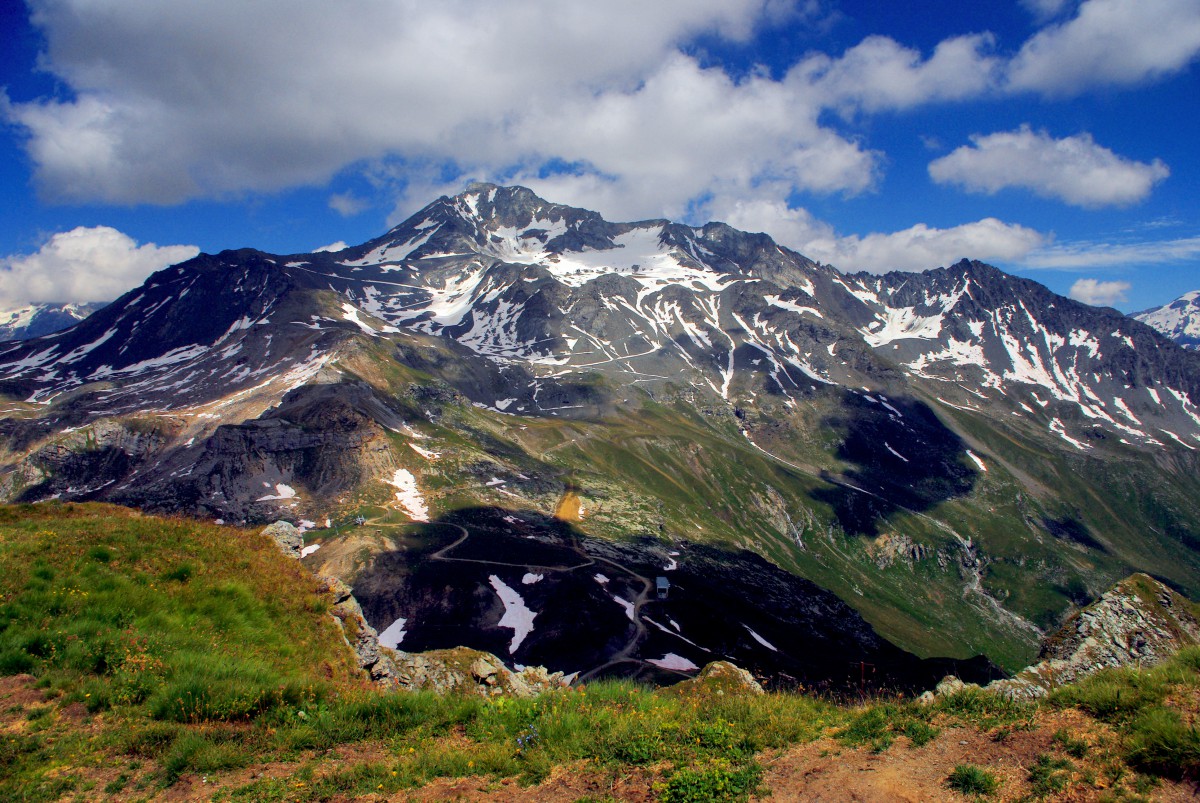
The Prealps and the Belledonne massif protect the Vanoise massif from the influence of the oceanic climate. Therefore the area usually enjoys a sunny summer.

However, winters are unsurprisingly rough, with an arctic climate.
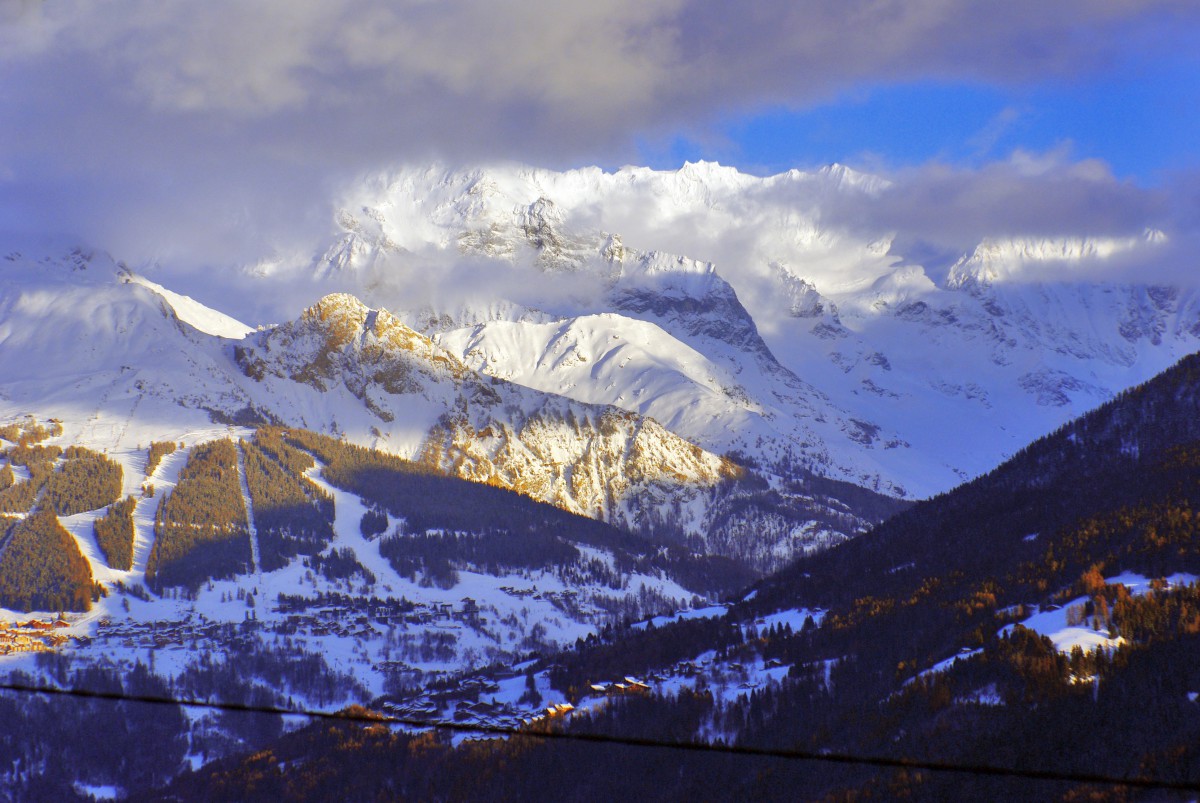
The role of the National Park in the community
The National Park endeavours to protect the Vanoise landscapes, sites and biological diversity. Its challenge is the conciliation between protecting its territory and allowing people to visit this incredible place. To find a good balance, it works with three main objectives:
- environmental protection,
- welcoming and informing the public, and
- participation in local, sustainable development.
A team of 35 Park rangers tour the park. They check that visitors observe the Park’s rules.

You better behave! This team has the authority to issue fines if you are violating any of the Park’s rules. However, far from being just the policemen/women of the Park, they often are the ones that conduct guided walks with visitors and share their knowledge and passion for the area.
A National Park is a natural area, open to all but subject to a strict code of conduct… In order to avoid fines (that range from 12 to 150 euros) for contravening Park Regulations, it is better to follow the rules with care…
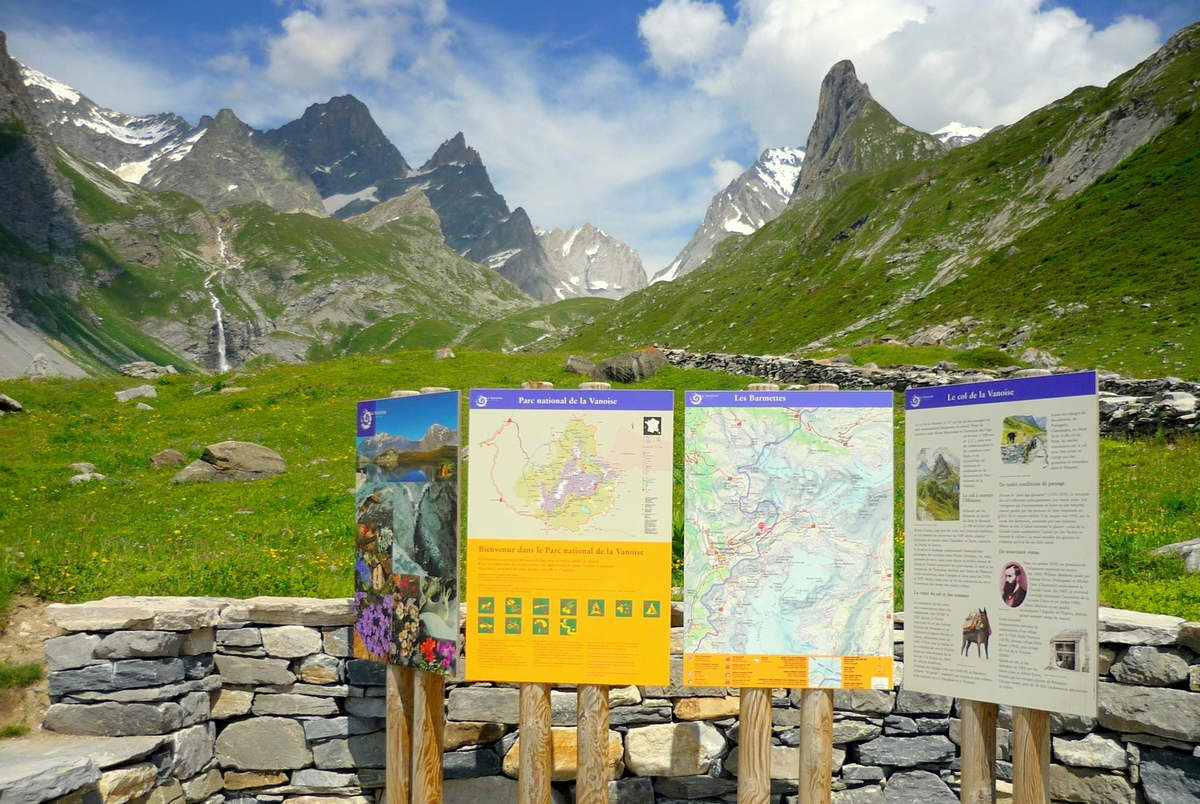
The circulation of motor vehicles, fishing and picking plants is strictly forbidden, while dogs are not allowed as they might disturb the wildlife.
Fauna in the Vanoise
If you are patient enough to observe the wildlife, you will see that the Park has rich and varied fauna.
Ibex
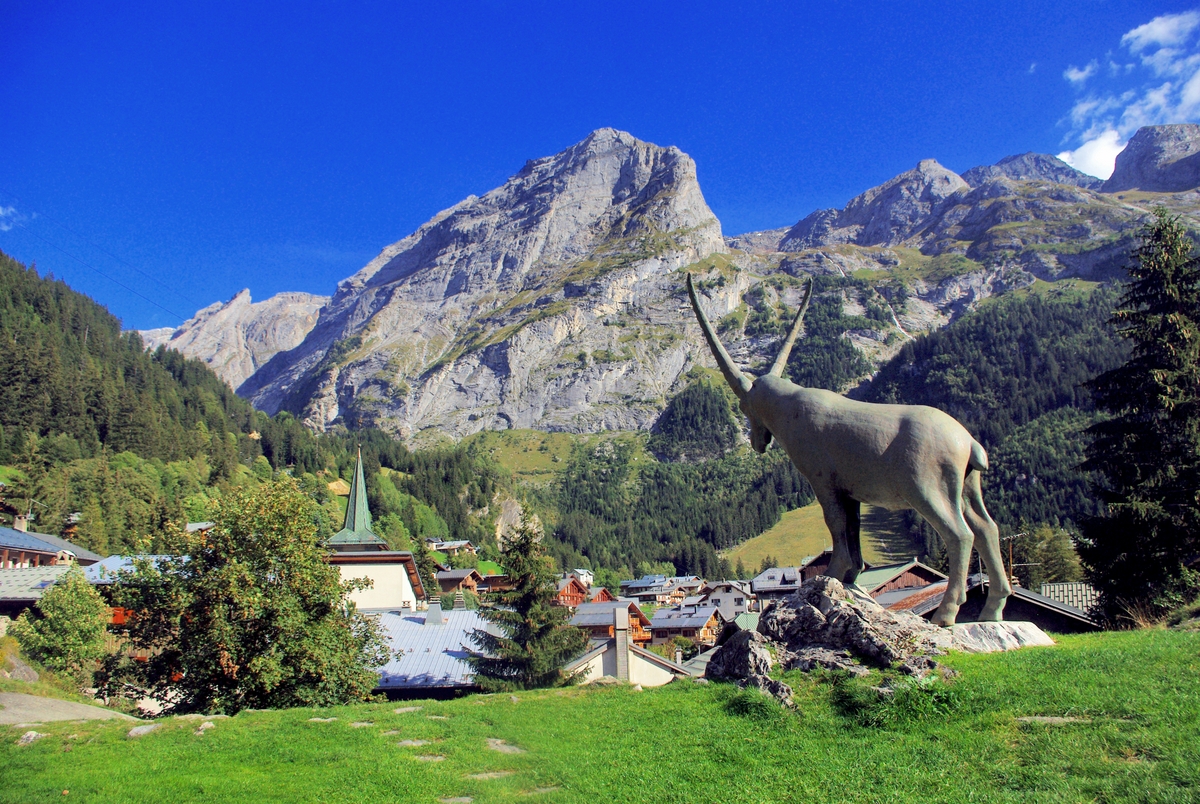
The sighting of an ibex is undoubtedly the most rewarding experience as the alpine animal nearly disappeared from the French Alps some 50 years ago. From 40 individuals in 1963, the ibex have multiplied to more than 2,000 today. They represent the largest ibex population in France. The challenge has been overcome, and the ibex has become the emblem of the Park.
Chamois
Another alpine animal is the chamois. It has met a similar increase: from 400 in 1963, there are now over 5,500 individuals! It has become easier to see them while walking in the Park. The chamois lives from 2,000 to 2,500 metres. An interesting fact: it’s always the older female who takes on the responsibility of the group in case of danger!
Marmot
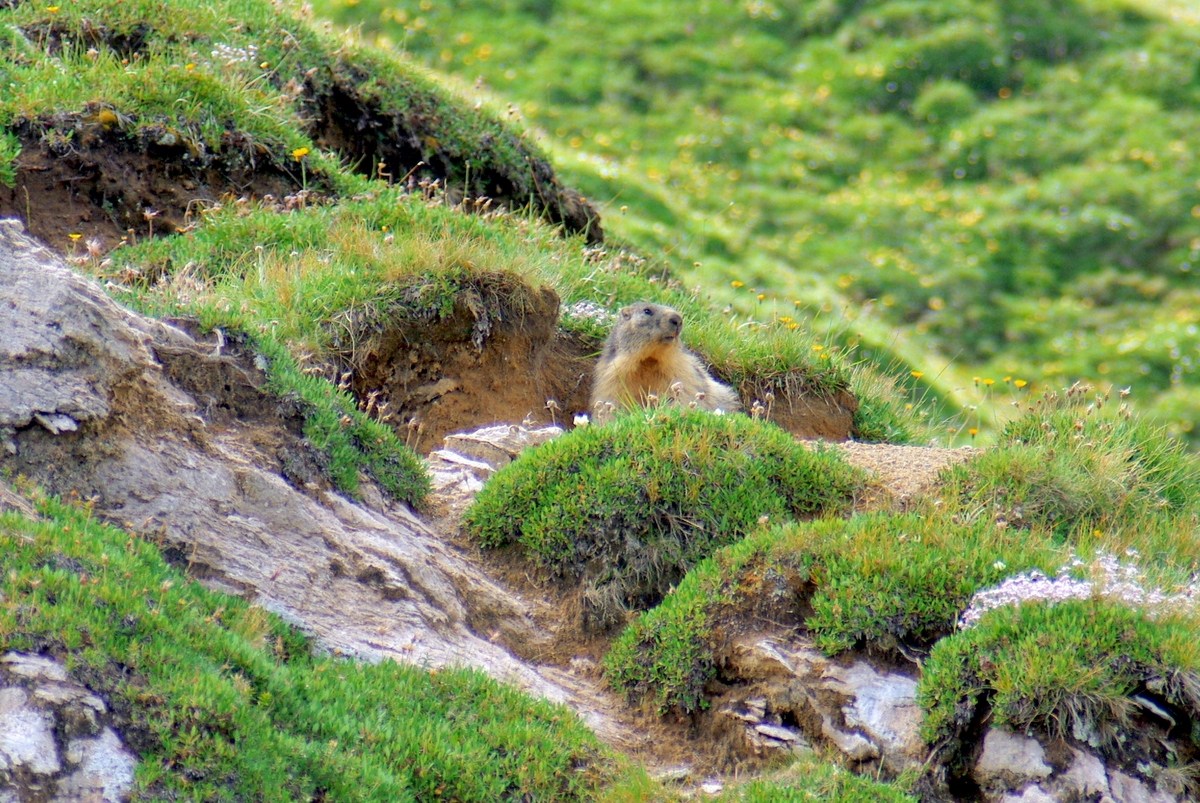
Like the chamois and the ibex, the little marmot is a symbolic animal of the Vanoise. If the tourist in Alsace is looking for a stork nesting on a chimney top, the visitor in the Vanoise won’t be satisfied until he sees the cute little rodent. “No worries” for the marmot is easily noticeable when people remain silent and have a bit of patience. The strident cry of the guarding marmot is the signal of their presence. The little animal is not bothered by the thousands of skiers in the peripheral area, for it is in hibernation under the snow for six months, from October to March.
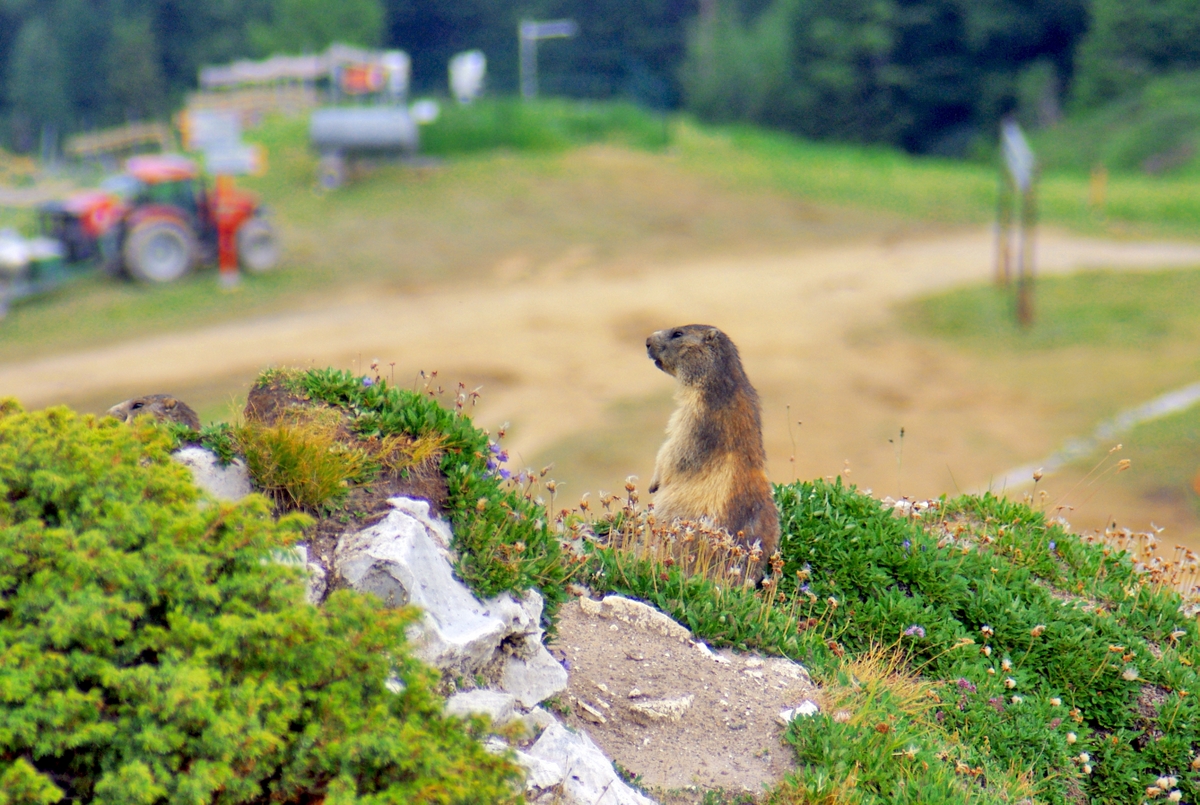
The marmot has really established itself in the Vanoise, occupying all favourable zones:
- sunny and rocky grass slopes, and
- in particular, the mountain pastures between 1,800m and 2,700m.
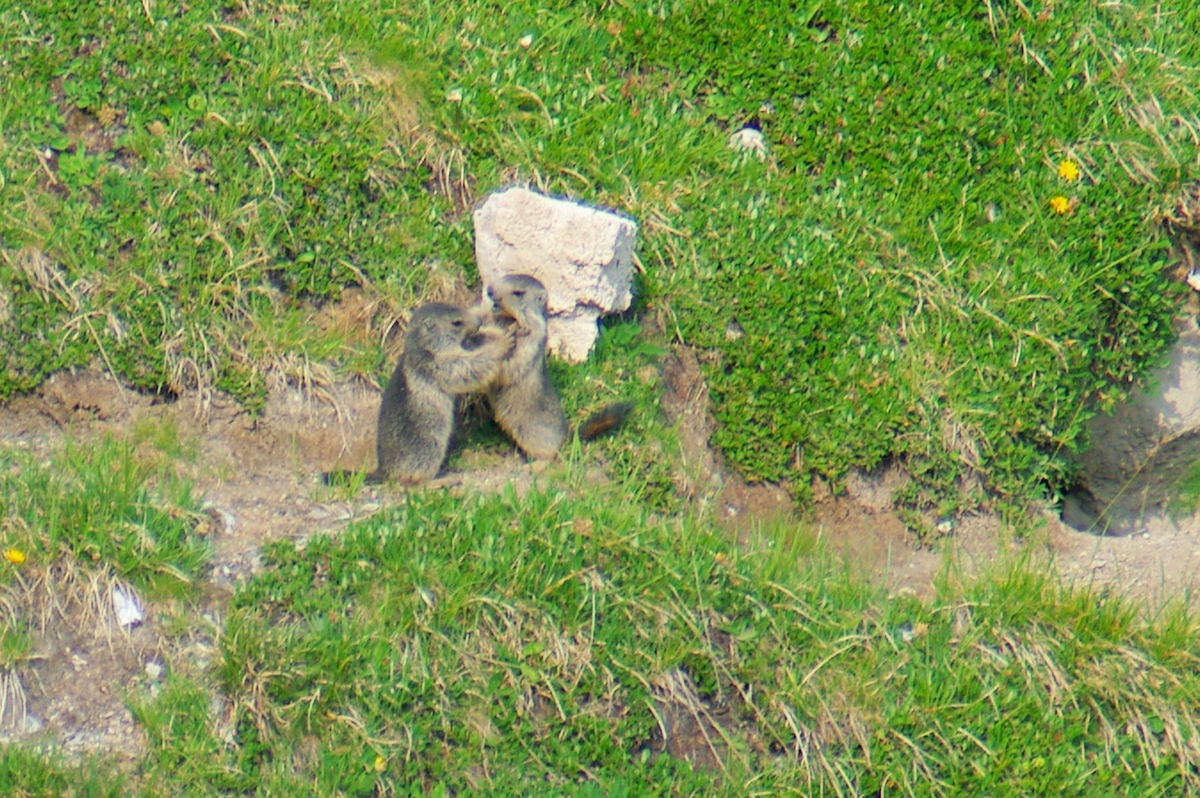
The marmot is adapted to open areas: there is always one on the lookout. Absent in forests, it lives in family groups and does not stray far from its burrow.
Tarine cows
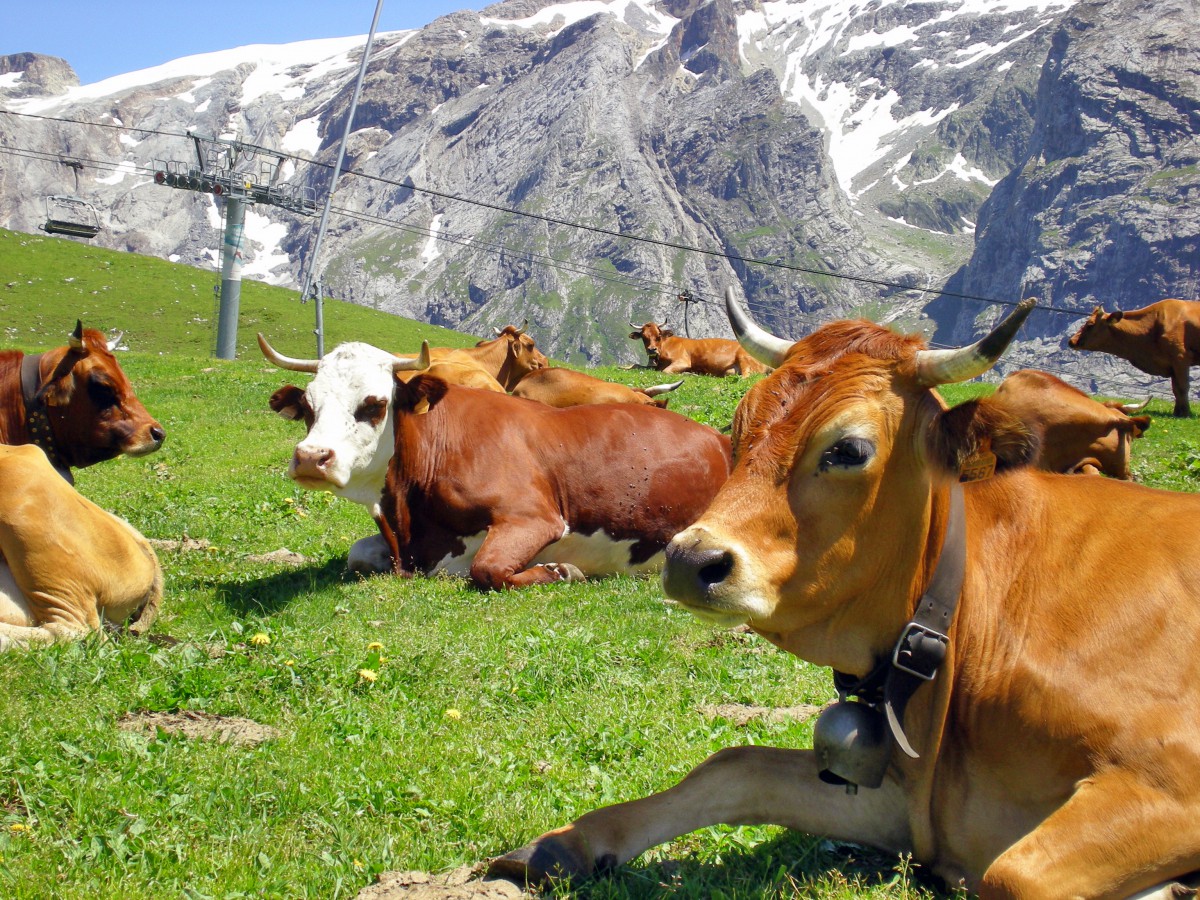
The region is most famous for its cheese, made of milk from the famous Tarine cows. For example, the complex flavour of Beaufort cheese is due to several conditions involving the Tarine cow.
Flora in the Vanoise
One of the most colourful images you may have of the Vanoise in summer is of high pastures thick with Alpine flowers. The Vanoise has an impressive floral pool with more than 1,200 different varieties of plants.

June is the best month to visit the Vanoise National Park as many flowers of all colours are set against glittering mountain tops. To see high-altitude flora, July and August are the best months.
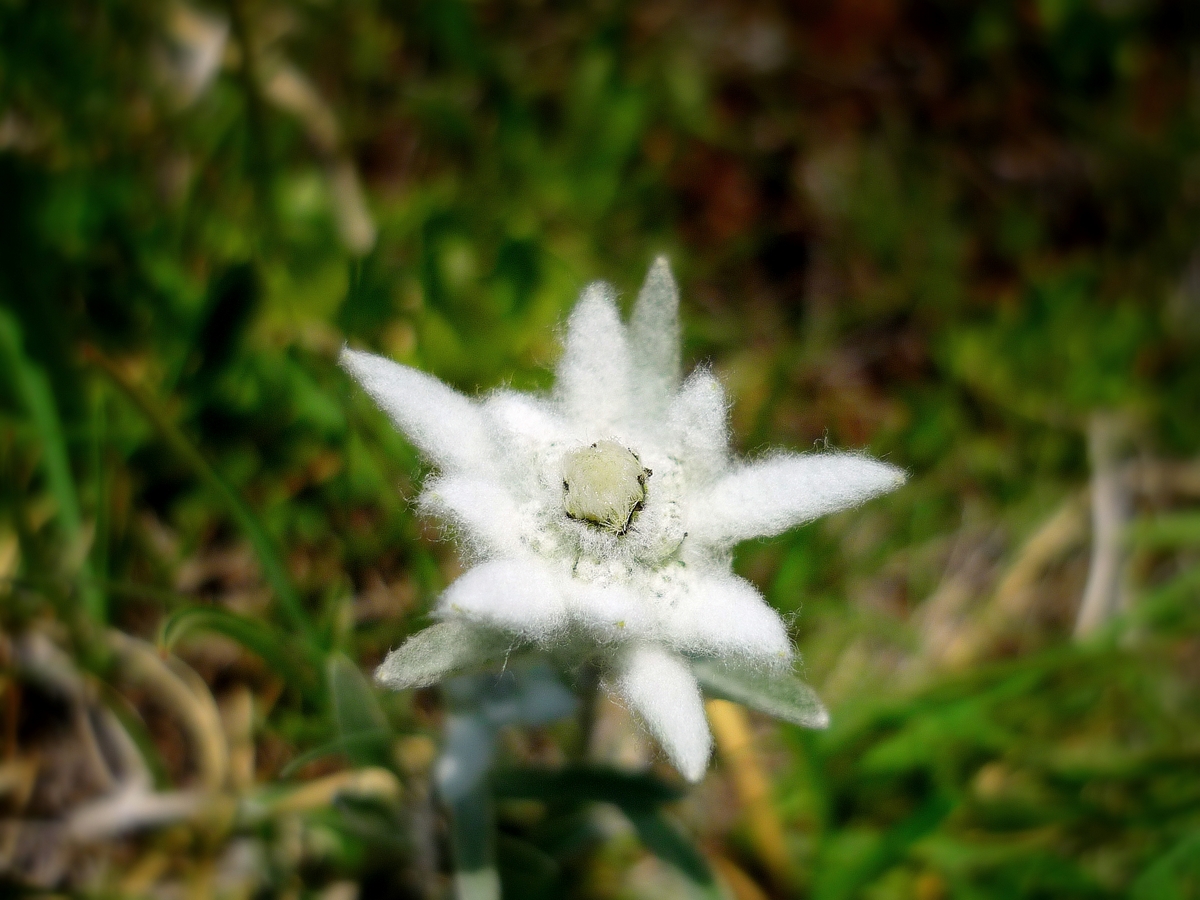
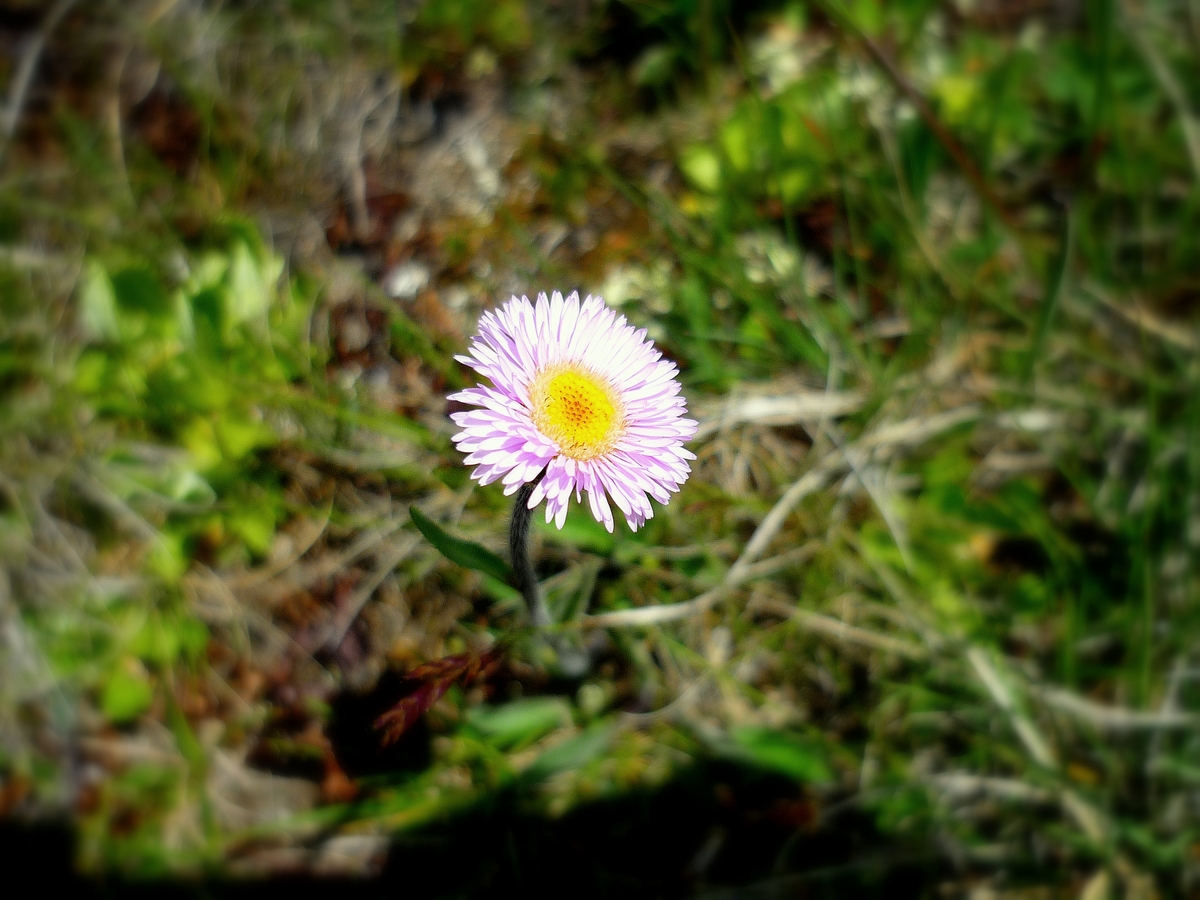
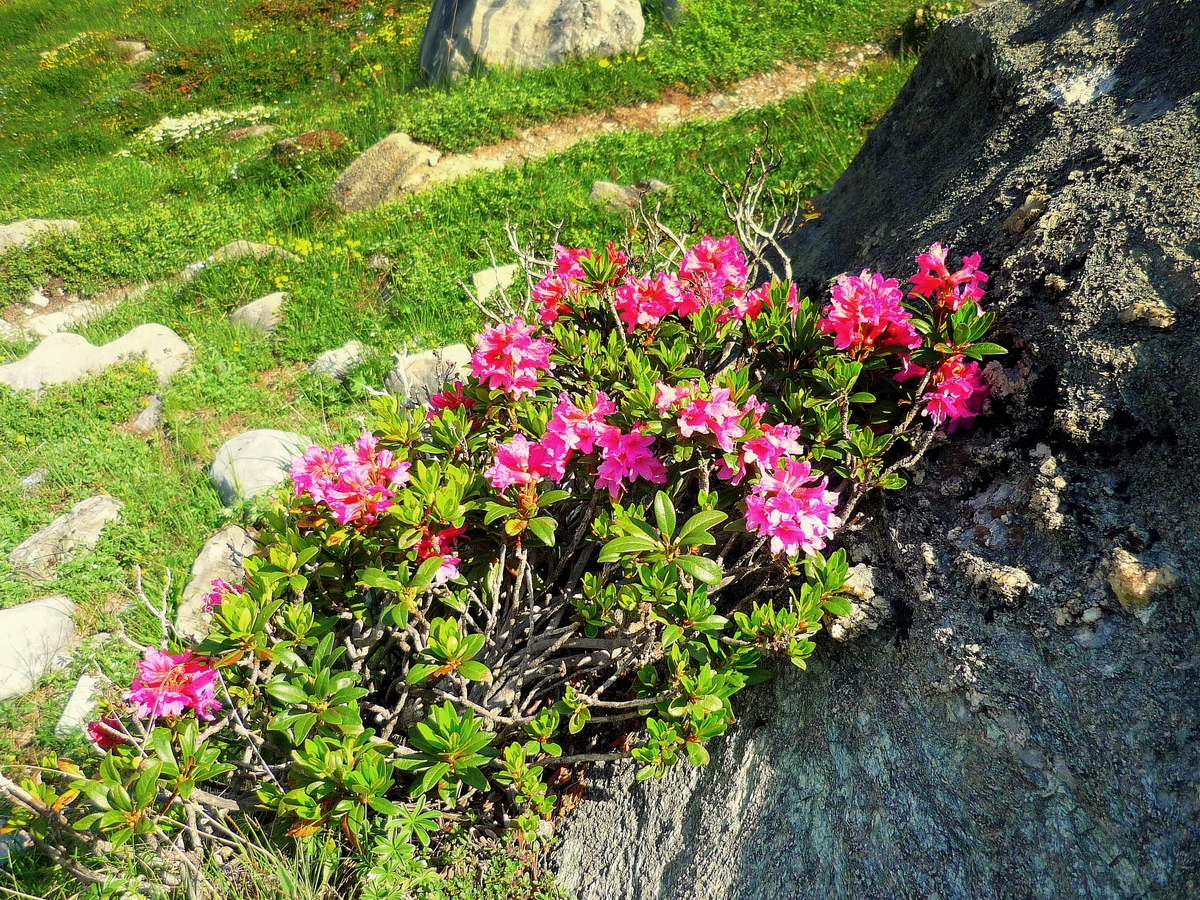
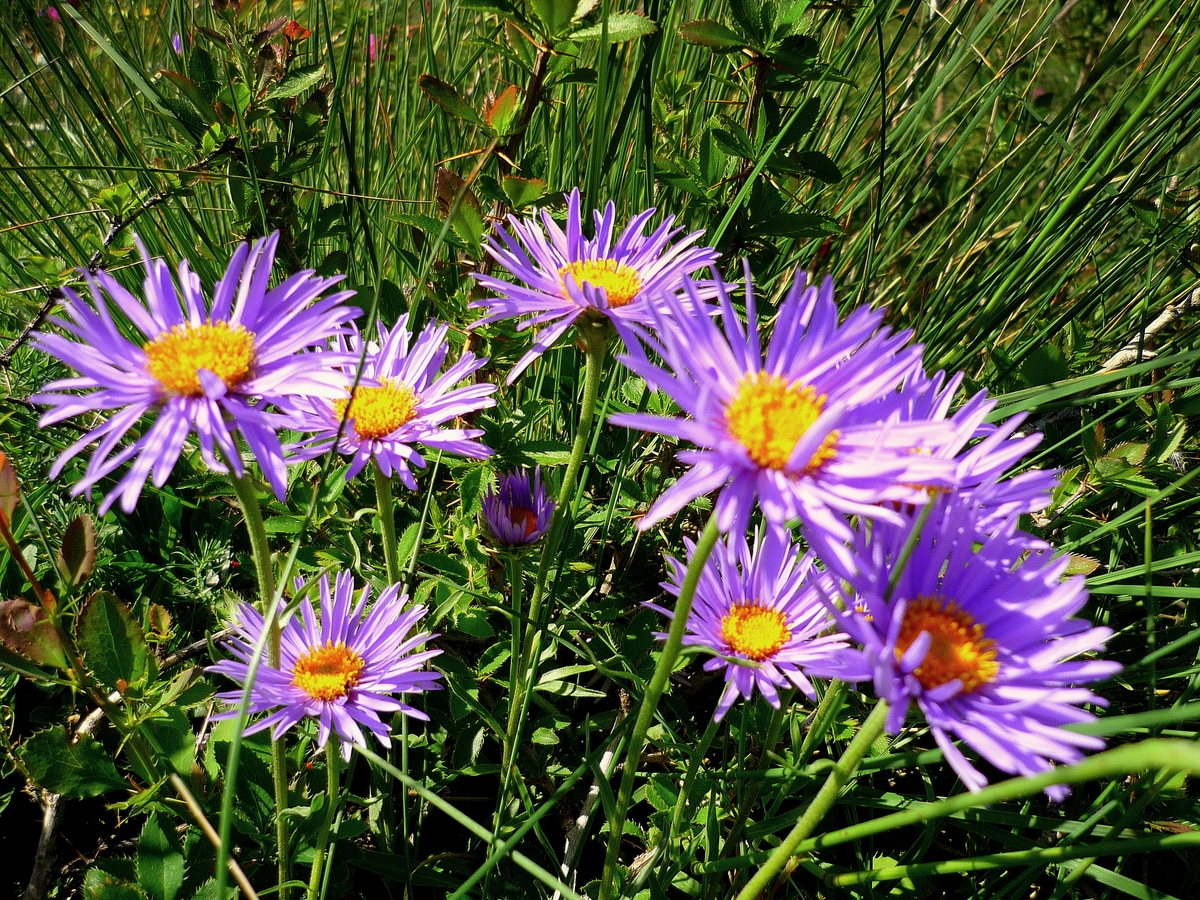
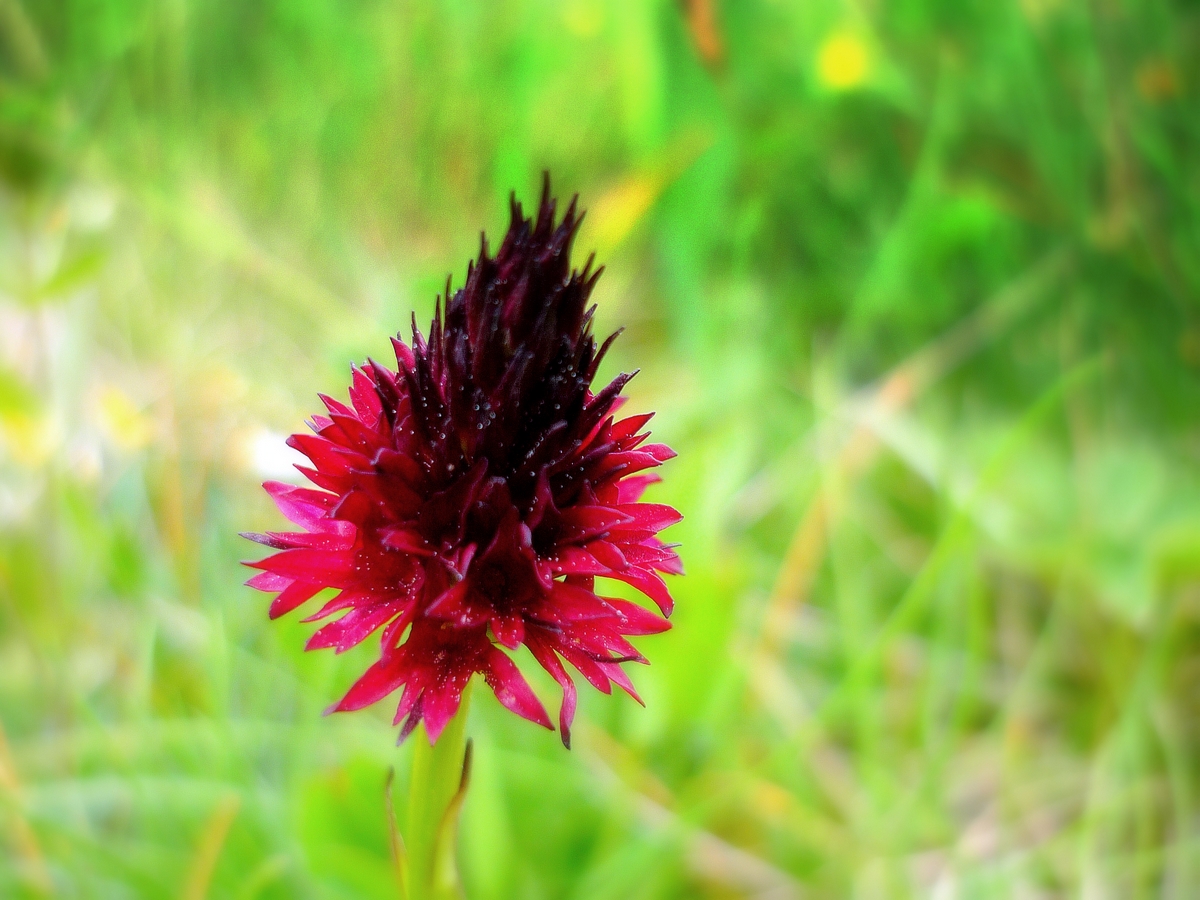
Many species are protected even outside the limits of the National Park. A good thing to do is take a book describing the flowers and their pictures when you are hiking in the region.
In the Vanoise, you will find different vegetation depending on the altitude.

The best sites to see
There’s a wide range of ski and summer resorts to explore just outside the National Park limits, including picturesque alpine villages.
Ski Resorts
The Vanoise is home to some of the world’s top ski resorts:

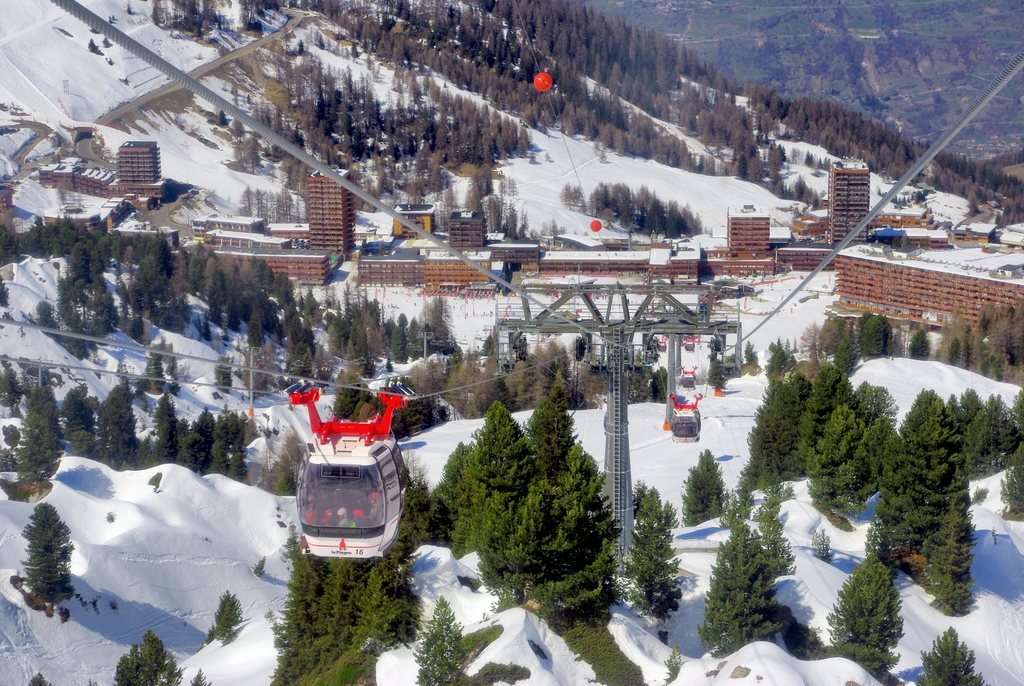

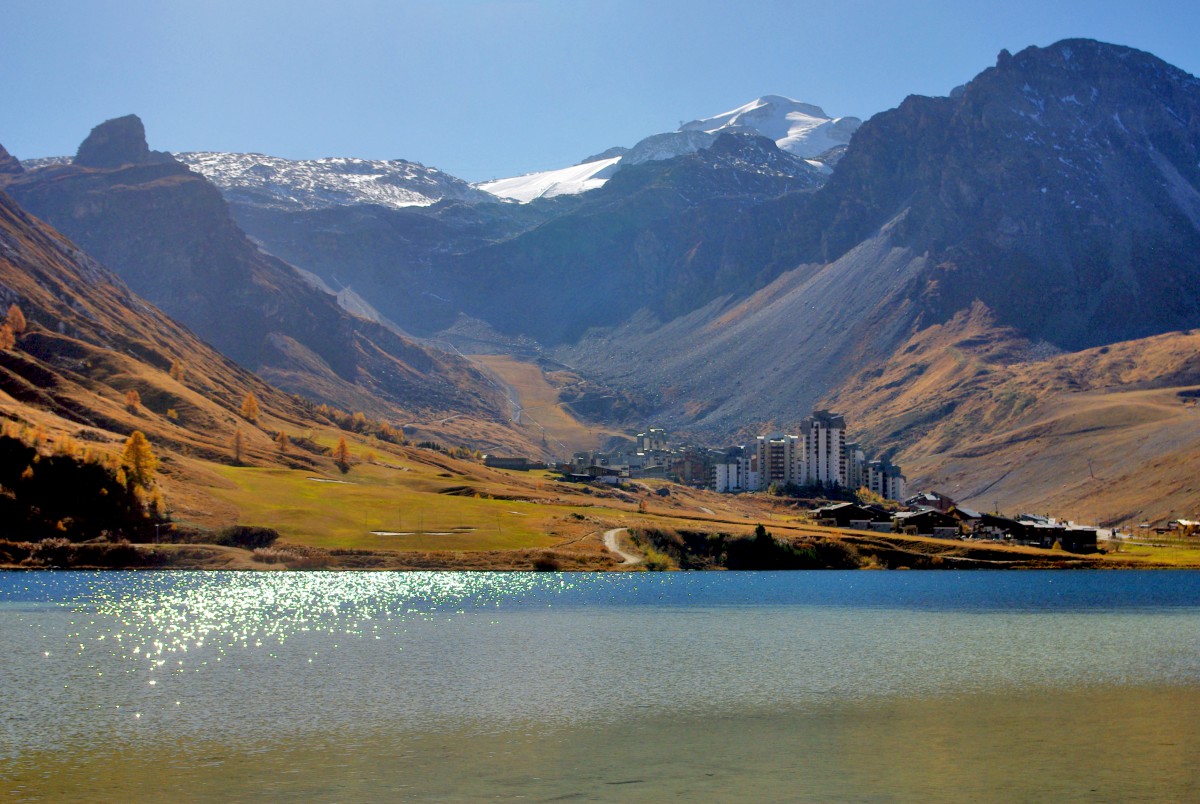
Small towns, villages and Baroque churches
There’s also some beautiful villages to see, some with stunning Baroque churches:
- Pralognan-la-Vanoise
- Champagny-en-Vanoise
- Bozel
- St Bon-Tarentaise
- Brides-les-Bains
- Moûtiers
- Aime
- Landry
- Peisey-Nancroix
- Bourg-Saint-Maurice
- Ste-Foy Tarentaise
- Bonneval-sur-Arc
- Bessans
- Aussois
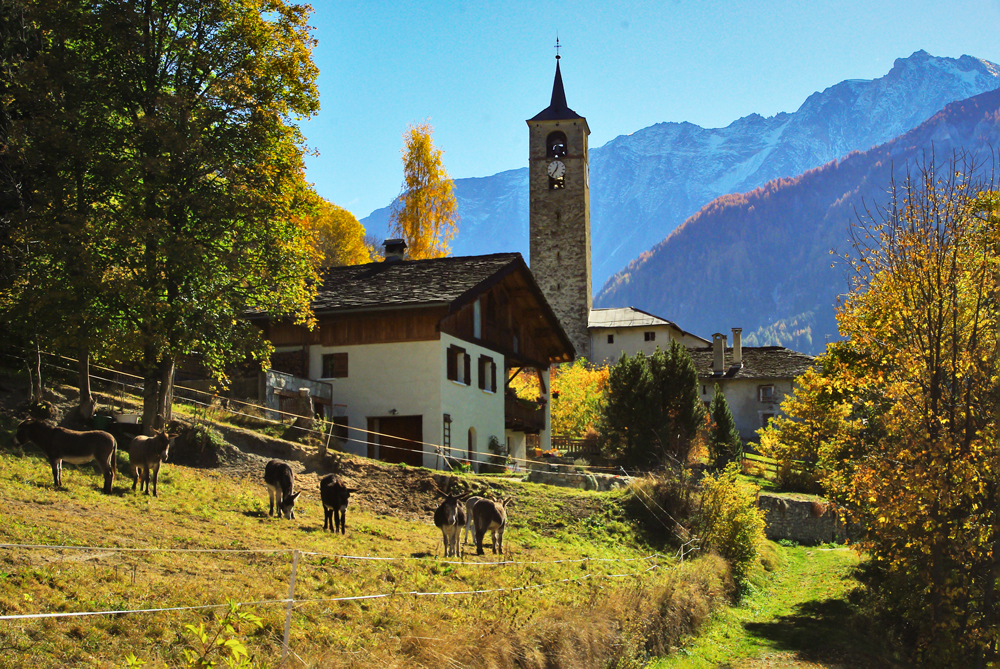
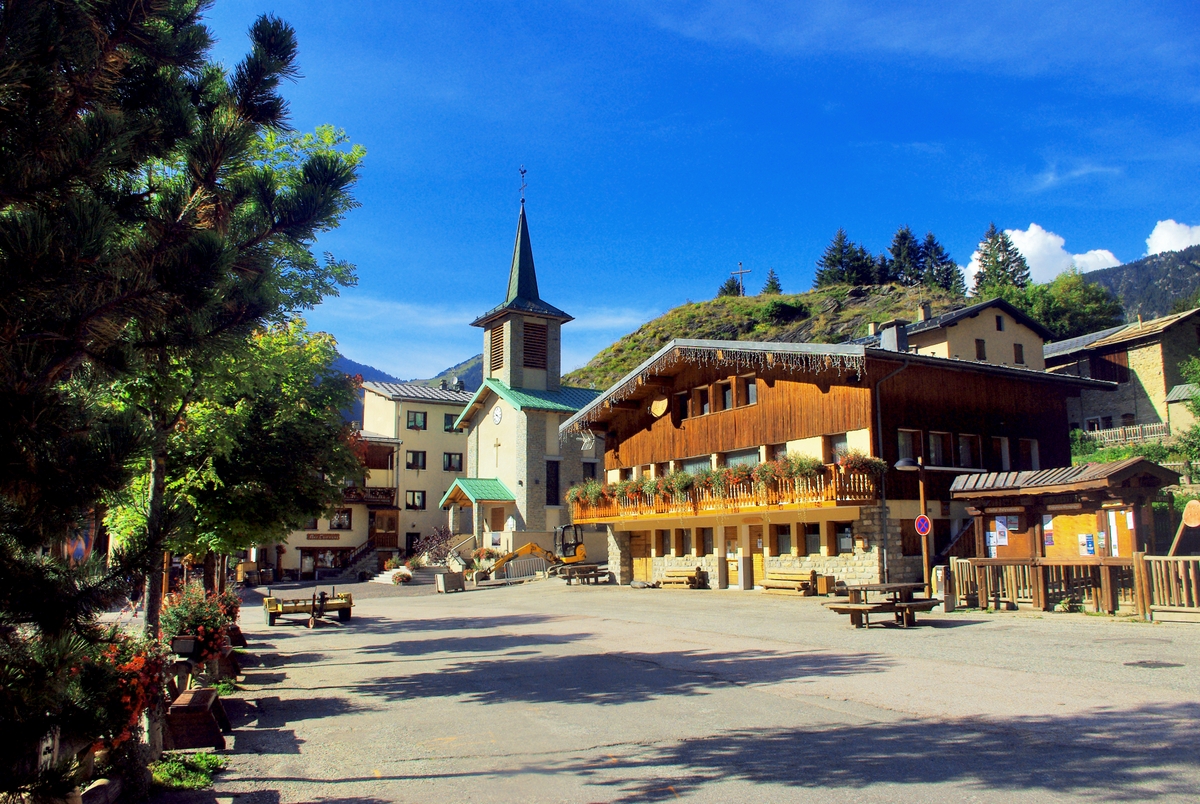
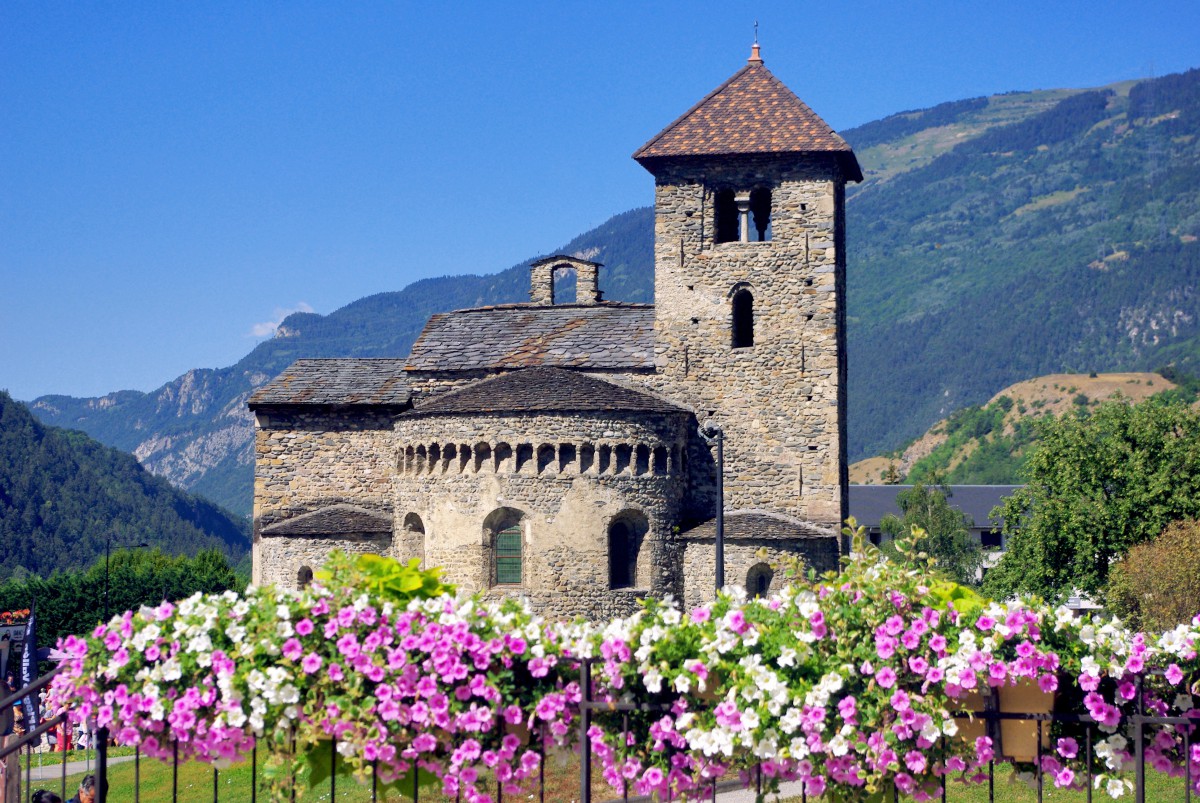
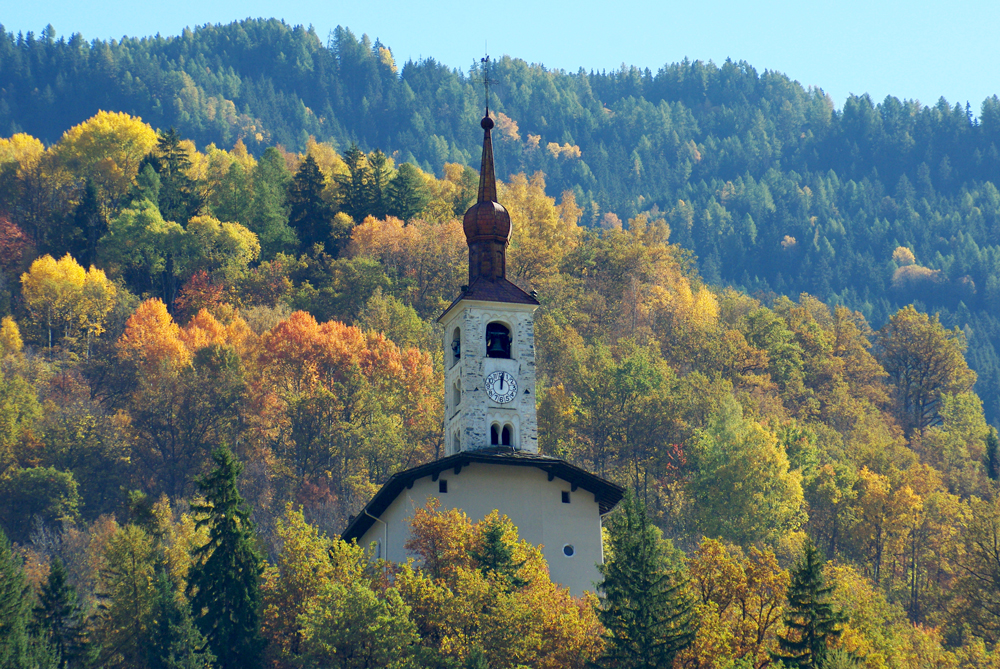
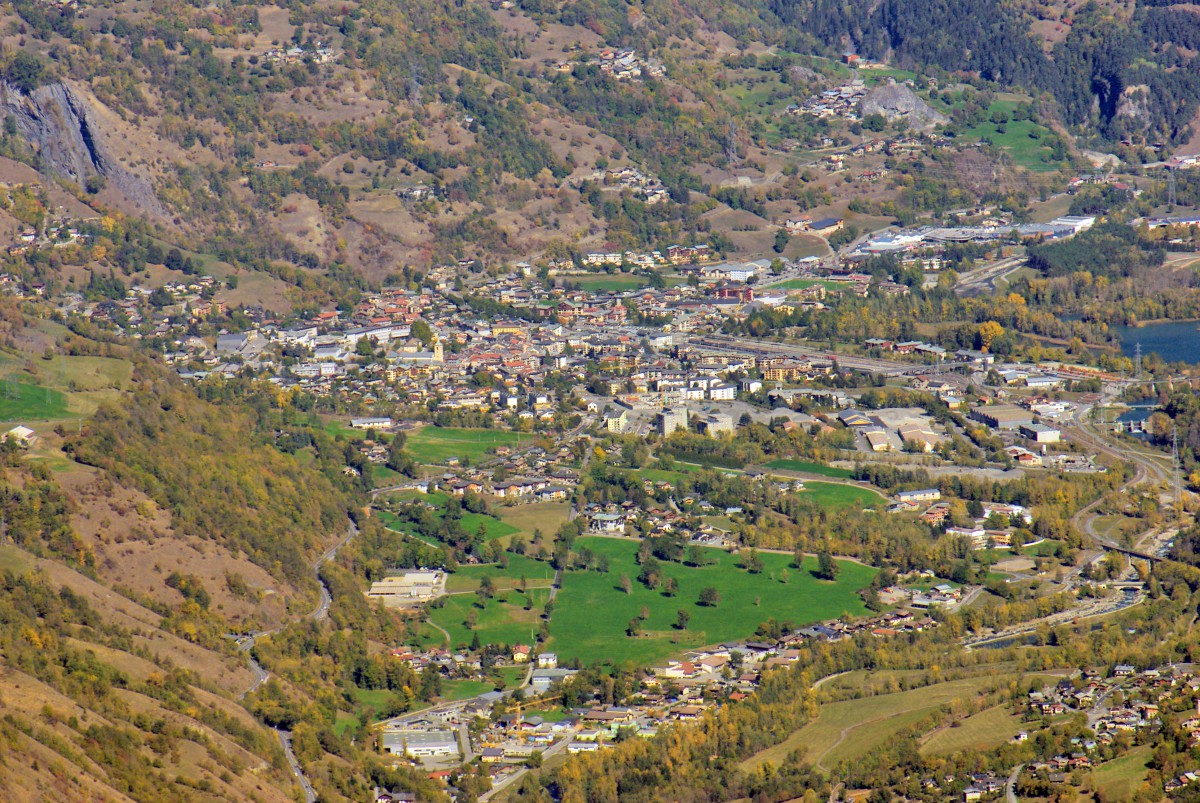
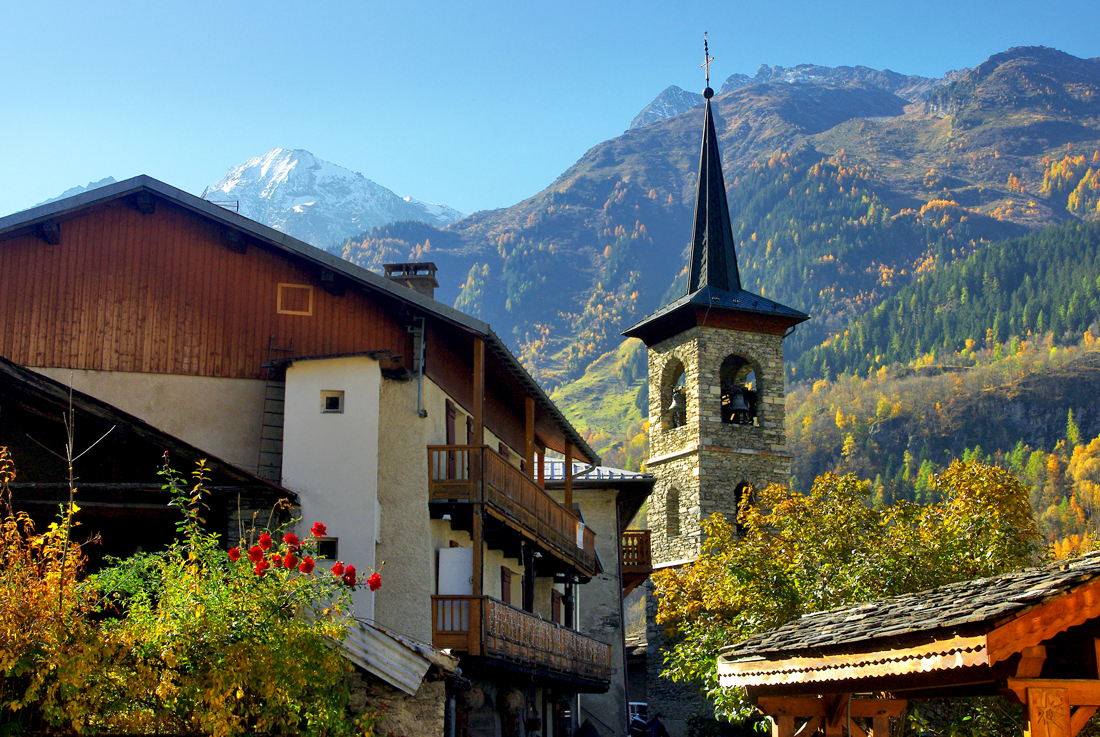

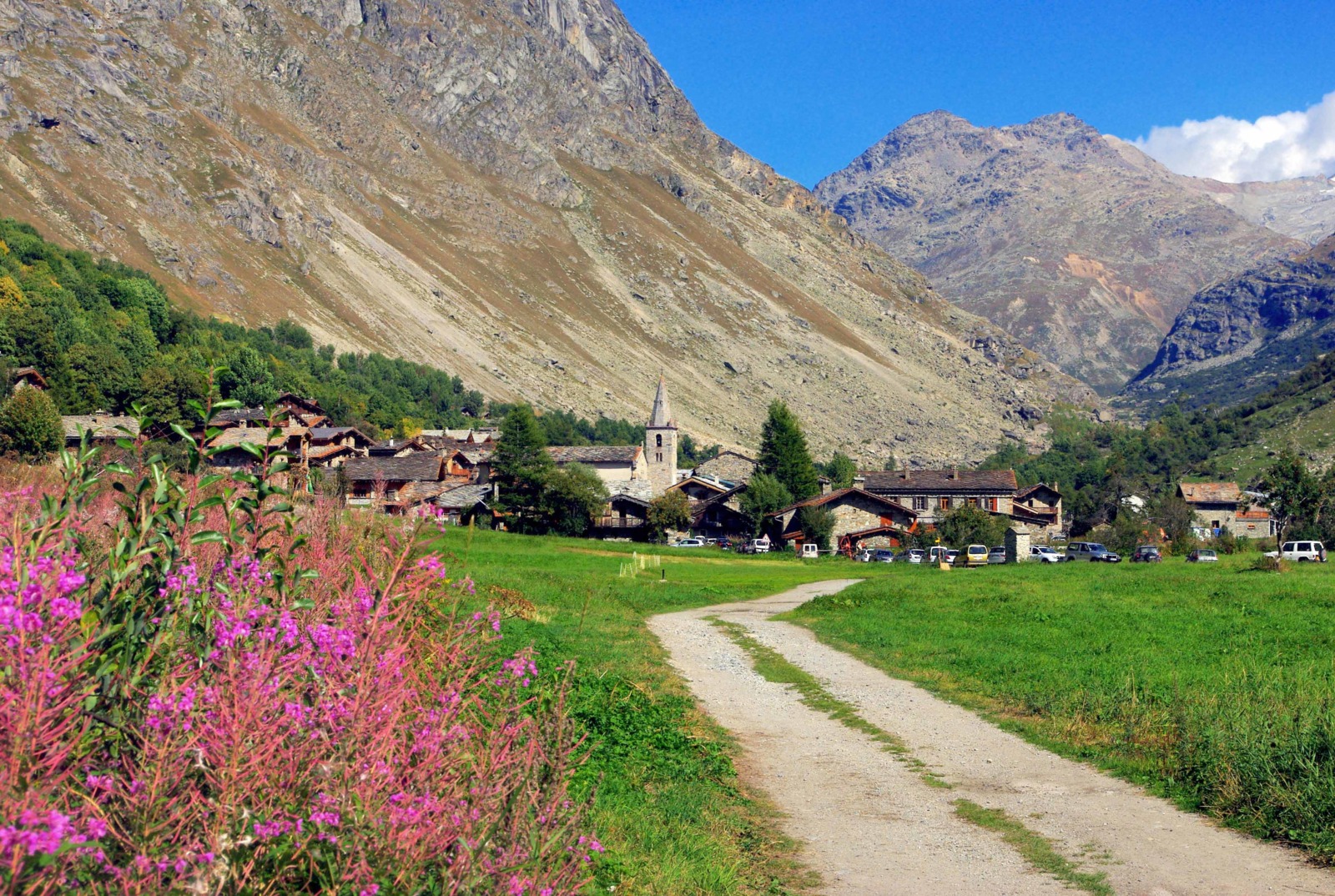
More info!
- The historic province of Savoie on the blog
- The Tourist Board of Pralognan-la-Vanoise
- Find your accommodation in the Vanoise massif with our partner Booking.com
- The Vanoise National Park website [in French only]

There are six information points for the National Park’s visitors. Open to the public, they serve as gateways to the Vanoise National Park (more info on opening times):
- Réserve Naturelle de Plan de Tuéda (Courchevel)
- Pralognan-la-Vanoise
- Rosuel (Peisey-Nancroix)
- Val d’Isère
- Termignon
- Modane
Pin it for later!
Did you enjoy reading about the Vanoise National Park? If so, please share this article on Facebook and Twitter, or pin it on Pinterest:
